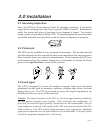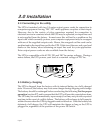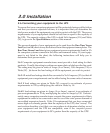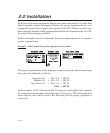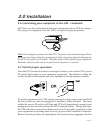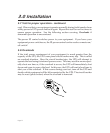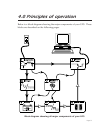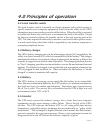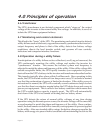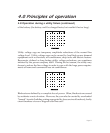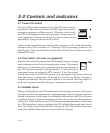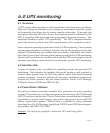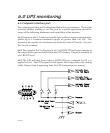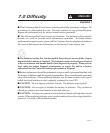
Page 15
4.0 Principles of operation
4.2 Load transfer switch
The load transfer switch is actually an electro-dynamic relay which serves to
rapidly transfer your computer equipment (load) from the utility to the UPS’s
alternate power source in the event of a utility failure. When the utility is restored
to within safe limits, the switch acts to re-transfer the load to the utility. Except
for the user control switches, the transfer switch is the only moving part in the
UPS. The time required for the relay to transfer your load to either power source
is much, much faster than that which is required by any modern computer or
computer peripheral device.
4.3 Battery charger
The UPS’s battery charger converts the alternating current (AC) supplied by the
utility to a direct current (DC) which is compatible with the battery. The charger
maintains the battery at a constant voltage to ensure that the battery will have the
capacity to support your load as often as possible. This charging method, known
as “float” charging, provides maximum battery service life and minimal internal
heating. The battery is charged at an accelerated rate as required whenever the
UPS is plugged in and switched on. When switched off, the battery is "trickle
charged" in order to maintain full capacity.
4.4 Battery
The UPS’s battery is an energy source much like the battery in an automobile.
Also, like most automobile batteries, the UPS’s battery is a modern maintenance
free lead-acid type; it is sealed and leakproof. The battery has a typical service
life of 3 to 6 years. The service life is extended when the UPS is kept in a cool
environment, below 30°C or 86°F.
4.5 Inverter
The UPS must convert the battery’s energy into a form that your computer
equipment can rely upon during a utility failure. This is the job of the UPS’s
inverter. The UPS converts the battery’s DC to AC using solid state devices
(transistors), controlled using a technique known technically as “pulse width
modulation”. This technique is highly efficient which means that little battery
power is wasted in the conversion process. Hence, your equipment can run for
long periods from the UPS before the battery’s capacity is spent.



